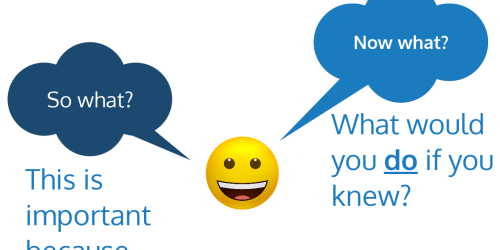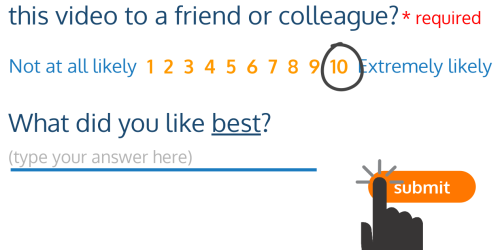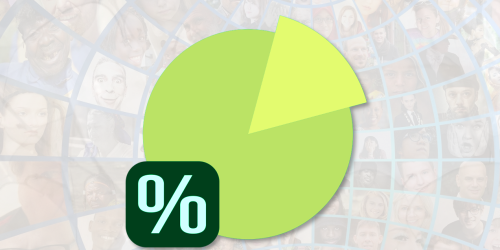How to design dashboards for data insights for business decisions
You want data insights at a glance, but it’s hard to digest and process a large volume of data, and you’re creating and collecting more data all of the time. You’re suffering from DRIP: you’re data rich but information poor. To get information, you turn to dashboards, but, if you don’t design them correctly, you can become dashboard rich but information...



